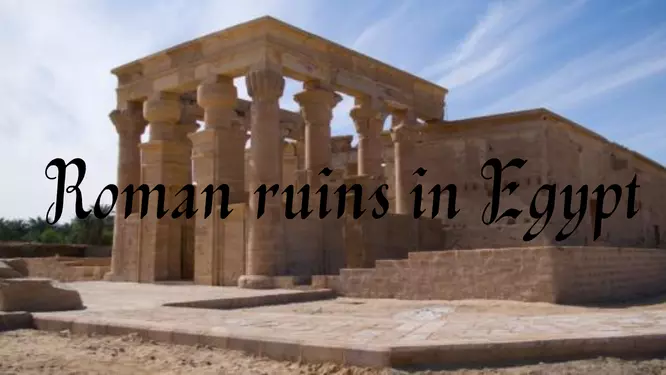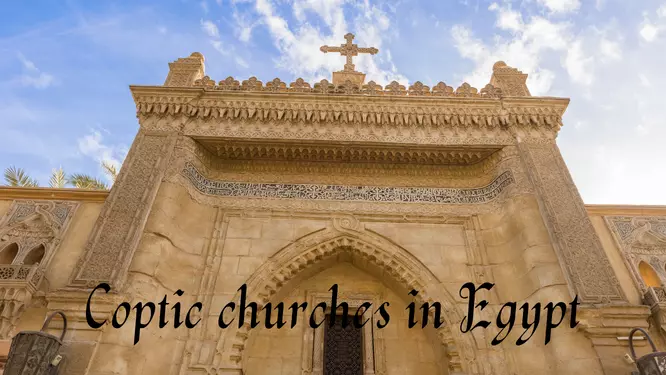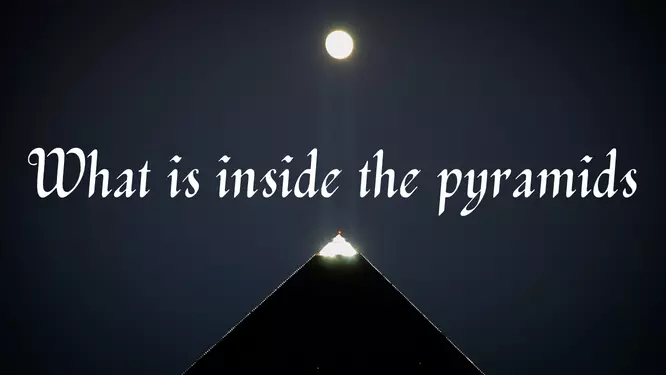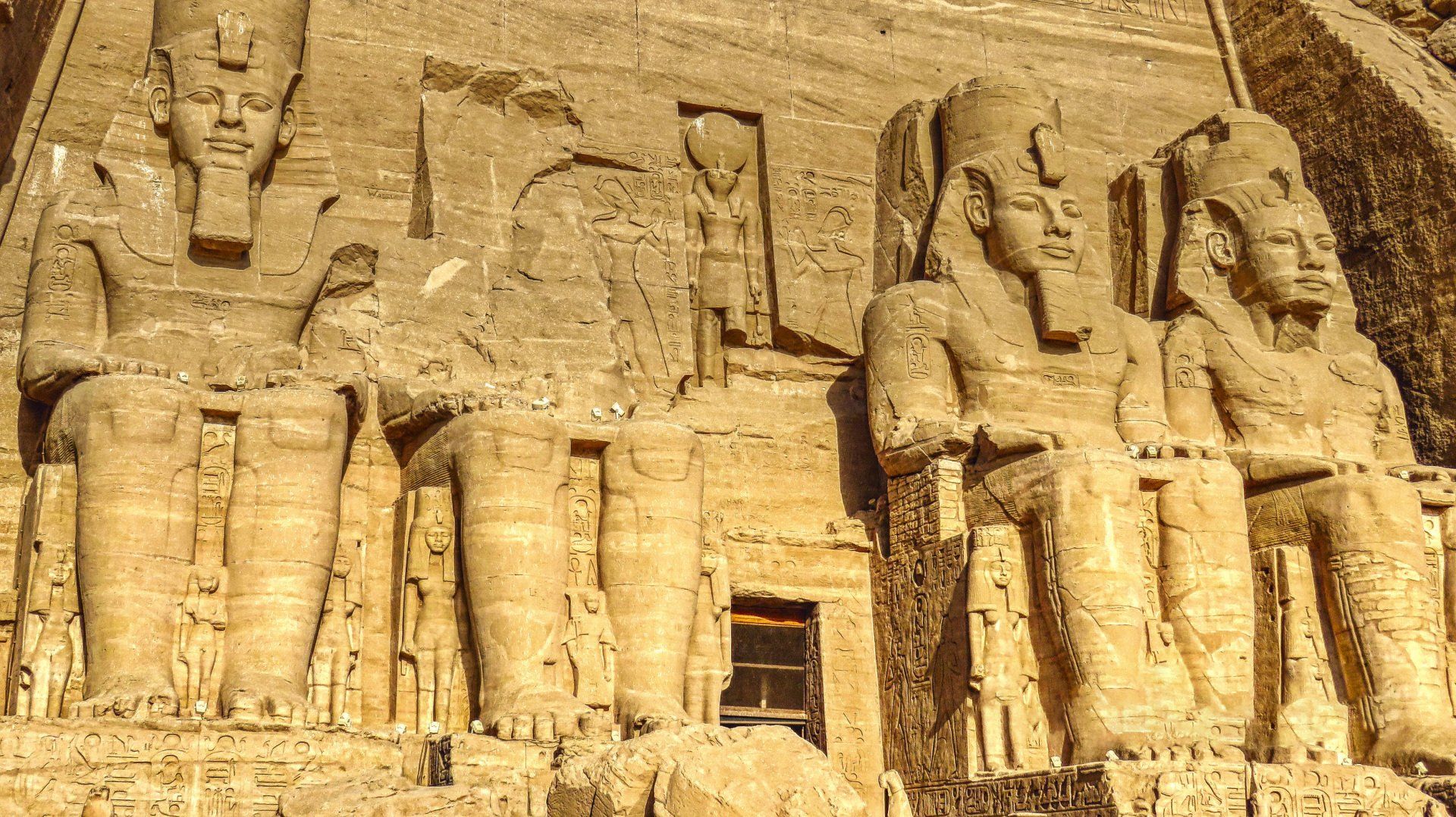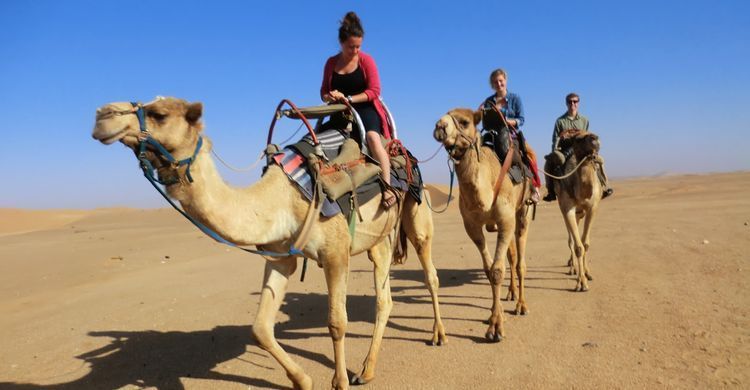The Best ancient Egyptian temples
The ancient Pharaonic civilization is one of the greatest and oldest ancient civilizations, the secret of its greatness lies in the multiplicity of sciences, arts, and literature that the ancient Egyptian pharaohs excelled in, and among the most prominent of those arts that have been steadfast for thousands of years until now is the architecture in the design of temples, obelisks, statues, and pyramids, which were built with solid stones to remain tall, bearing witness to the greatness of their makers so far.
They are temples spread in the foothills and upper Egypt, which became the focus of the world’s attention, and the destination of millions of tourists from all over the world.
Temples of ancient Egypt
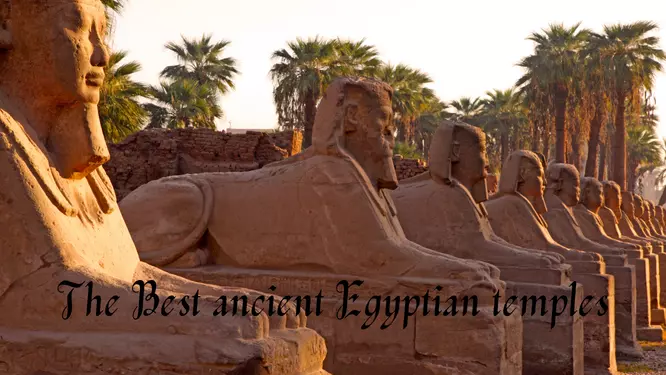
1. Karnak Temple
one of the world's oldest religious buildings. Several successive generations participated in its construction in ancient Egypt. It consists of the three main temples, small enclosed temples, and the outer temple extending over an area of 2.5 kilometers north of Luxor. Karnak Temple is famous for its pillared hall, numbering 134 huge columns. in 16 consecutive rows.
2. Abu Simbel Temple
It is a temple carved at the foot of the mountain during the reign of Pharaoh Ramses II of Egypt, in the thirteenth century BC, which he built to become a permanent monument for himself and his wife Queen Nefertari to commemorate his victory in the Battle of Kadesh. Tourist attractions in Egypt.
3. Luxor Temple
It is located on the eastern bank of the Nile in the ancient city of Thebes. The temple was built in 1400 BC in the era of the modern state. The temple was dedicated to Amun, his wife, and his son Khonsu. It was known as the Theban Trinity Temple. It is one of the best and most beautiful Egyptian temples, and it represents ancient Egyptian temples.
4. Temple of Hatshepsut
It is a funerary temple for the Queen of Egypt Hatshepsut for twenty years. On the western bank of the Nile, there is a temple. The temple was built in front of a steep high hill consisting of three terraces with a height of 30 meters, and long stairs linked between the stands.
5. Temple of Seti I
A mortuary temple of Pharaoh Seti I on the western bank of the Nile in Abydos. The temple was built at the end of the reign of King Sei I until it was completed during the reign of Ramses II.
6. Edfu Temple
Edfu is the capital of the second region of Upper Egypt. The god of Edfu was Hor Bhakti, which is the religious name of the city. It was known in Greek texts as Apollon Police Magna, in relation to the god Apollo, who linked the Greeks with the Egyptian god Horus, a temple from the era of the modern state.
7. Philae Temples
In the southeast of Aswan, built during the reigns of Ptolemy III and IV, it is a temple of the goddess Isis. The modern urban sprawl has extended to the temple lands, and only statues of King Ptolemy III and his wife, Berenice, are left as they worship Isis and other deities.
8. Kom Ombo Temple
It is located on sandy heights overlooking the Nile River in the city of Kombo, Aswan, Egypt. It is a double temple built during the Ptolemaic dynasty. It consists of two temples along the main axis with two entrances, and two halls of columns. The temple was built during the reign of Ptolemy VI Philumtur, and it was decorated in the Roman era in the era of Emperor Tiberius, which represents ancient Egyptian architecture in the construction of temples.
9. Habu Temple
It is located on the west bank of Luxor, an Arabic name that means the huge complex of temples, and it follows the Karnak Temple in the vast area on which it was built, and to keep its structure, Ramses II and Hatshepsut built a small temple to Amun on the site. Against the peoples of the coasts, and the rituals of celebrations of the feasts of the gods, and the city includes several temples, namely the Temple of Amun, the Temple of Ai, and the Temple of Horemheb.
10. Colossi of Memnon
It was built in 1350 BC, two huge stone statues of Pharaoh Amenhotep III in a sitting position, and the area is one of the largest ancient Egyptian temples, but unfortunately, the temple has almost completely disappeared except for these two statues.
11. Kalabsha Temple
Kalabsha Temple is a Greco-Roman temple. This temple was originally located in Bab Kalabsha, an ancient Egyptian Talbis. It is located 56 km south of Aswan, Aswan Governorate. The ancient Egyptians dedicated it to Isis, Osiris, and Horus Mandulis (the Roman side of the Nubian solar deity, Moral). Kalabsha is the best example of a free-standing temple in Nubia after the Abu Simbel temples. They also call it the "Temple of Mandalas".


